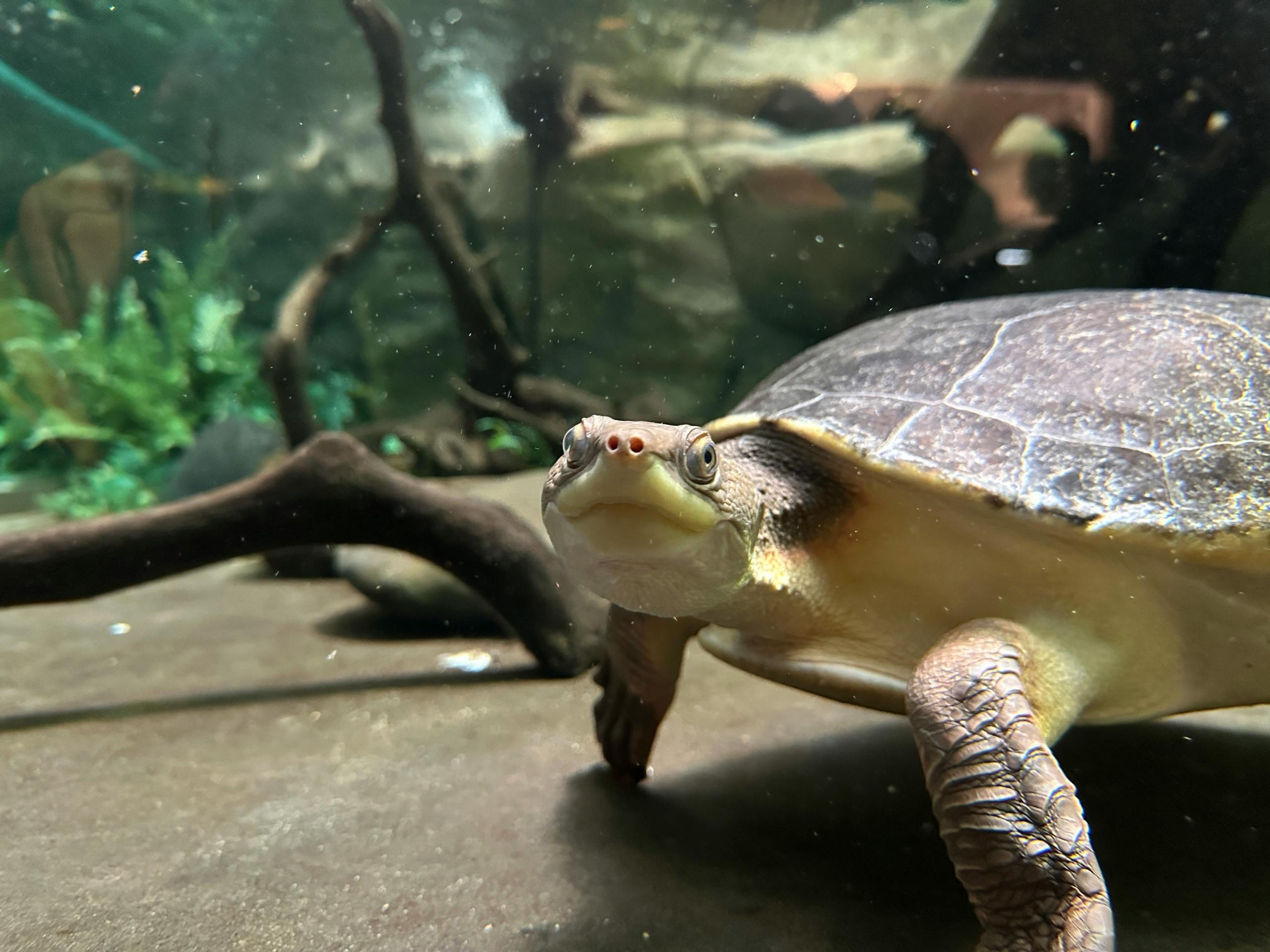Maintaining good water quality is crucial for the health and happiness of your pet turtle. Turtles spend most of their lives in water, making it essential to ensure that their environment is clean and safe. Here’s a step-by-step guide on how to check the water quality in your turtle tank.

1. Gather Your Tools
To effectively monitor your turtle tank's water quality, you’ll need:
- Water testing kit: Look for kits that measure pH, ammonia, nitrites, and nitrates.
- Thermometer: To check the water temperature.
- Siphon or gravel vacuum: For cleaning the tank.
- Water conditioner: To treat tap water if needed.
2. Check the Temperature
Turtles require specific temperature ranges to thrive. Most aquatic turtles prefer water temperatures between 75°F and 80°F (24°C to 27°C). Use a thermometer to ensure the water is within this range. If it’s too cold or too hot, adjust your heater or the tank location accordingly.
3. Test the pH Level
The pH level of your turtle tank should ideally be between 6.5 and 7.5. Use your water testing kit to measure the pH. If the levels are outside this range, you may need to adjust them using pH up or down solutions, or by adding natural materials like driftwood or crushed coral.
4. Measure Ammonia, Nitrites, and Nitrates
Regularly testing for ammonia, nitrites, and nitrates is crucial:
- Ammonia: Should be at 0 ppm. Elevated levels can be toxic and result from waste buildup.
- Nitrites: Should also be at 0 ppm. Like ammonia, nitrites are harmful to turtles.
- Nitrates: Should be below 40 ppm. While less toxic, high nitrate levels can indicate poor water quality.
If you detect high levels of ammonia or nitrites, consider doing a partial water change and improving your filtration system.
5. Conduct Regular Water Changes
To maintain optimal water quality, change 10-20% of the water weekly. Use a siphon or gravel vacuum to remove debris from the substrate. Always treat tap water with a water conditioner before adding it to the tank.
6. Observe Your Turtle’s Behavior
Monitoring your turtle’s behavior can also provide clues about water quality. If your turtle is lethargic, has a poor appetite, or shows signs of stress (like frequent hiding), it may be a sign that the water quality is not optimal.
7. Maintain Your Filtration System
Ensure your filtration system is appropriate for your tank size and type of turtle. Clean or replace filter media regularly to keep the water clean and clear. A good filtration system helps break down harmful chemicals and provides a healthier environment.
Keeping an eye on the water quality in your turtle tank is vital for your pet's health. By regularly testing and maintaining the water, you can help ensure your turtle thrives in its aquatic home. If you notice persistent issues or unusual behavior, don’t hesitate to consult a veterinarian.
If you have questions and you'd like to reach out to us, you can call us directly at (602) 833-7511, or you can email us at ingleside@ingleside.com. Don't forget to follow us on social media Facebook, Instagram.
